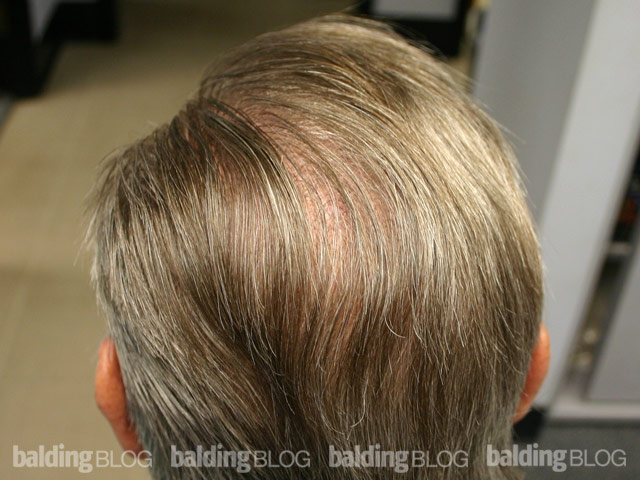Hi Dr. Rassman,
How does a transplant patient know if they have lost/dislodged a graft? Will a lost or dislodged graft always be associated with bleeding and/or pain, or is it possible to lose grafts and be completely unaware. I think for many of your readers who have recently had transplants, it would be helpful/reduce the stress in the interim between grafts falling out and regrowing months later to know what may indicate a lost grafts versus the expected shedding that is supposed to happen. Thanks, as always, for your time and help.

After the first day (the first few hours by the time you get home) your newly transplanted grafts will have set in and they should not dislodge. If you see something that looks like the pictures on this page, then it is a graft. It would be highly unlikely for these to come out after 3 days post surgery, unless you pick them out. To be a graft, all of the elements of the anatomy should be there.
Some people mistake the hair follicles that come out at about day 7-12 with hair and some surface skin (even with a bulb) as grafts. In a published paper we wrote, the grafts are clearly locked in place at the worst case 10 days after the transplant, or as soon as 3 days after the surgery, provided that all scabing is gone.



 regards doctor, my question is i have had a my surgery 2 weeks ago and have my staples removed I am going to wait a month to lift heavy waits but I am still concerned that it might be too soon and will stretch the scar and if so how much will it stretch or bleed. Really worried about that. and will working out heavy affect my grafts?
regards doctor, my question is i have had a my surgery 2 weeks ago and have my staples removed I am going to wait a month to lift heavy waits but I am still concerned that it might be too soon and will stretch the scar and if so how much will it stretch or bleed. Really worried about that. and will working out heavy affect my grafts?